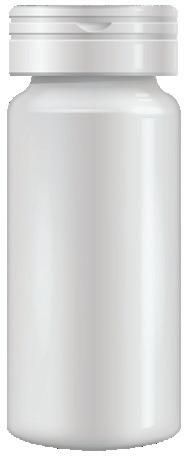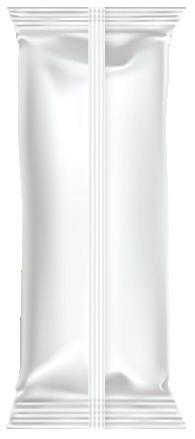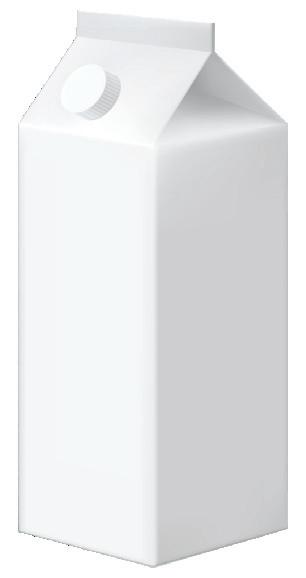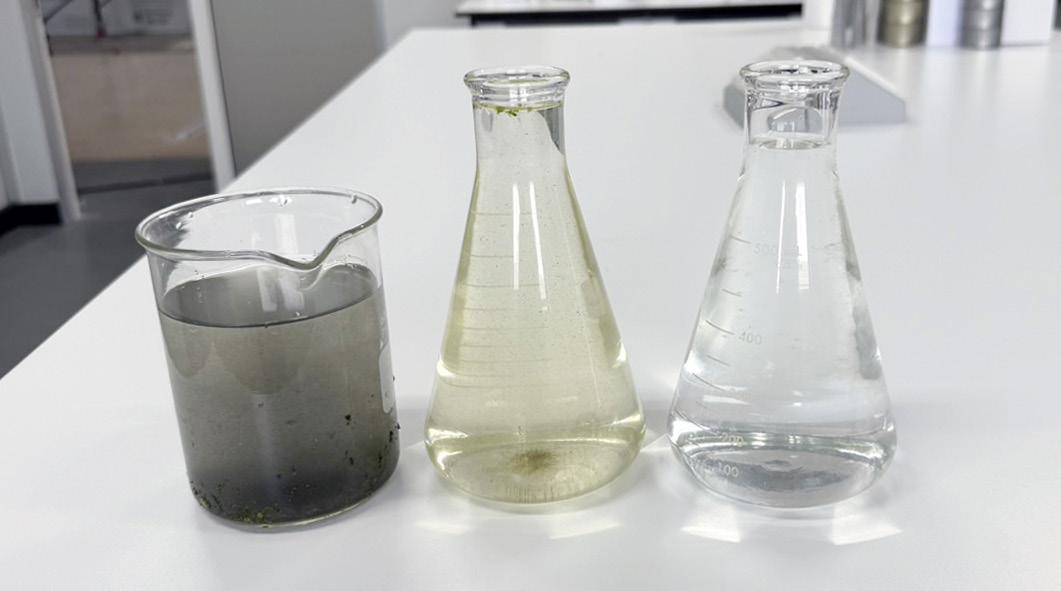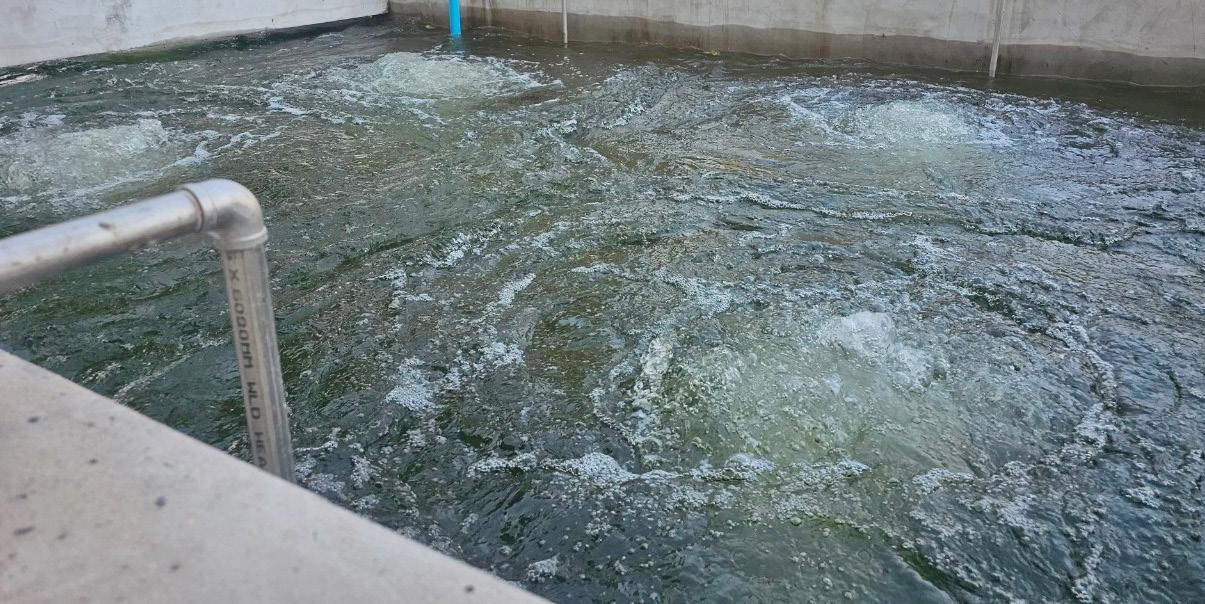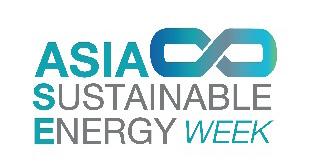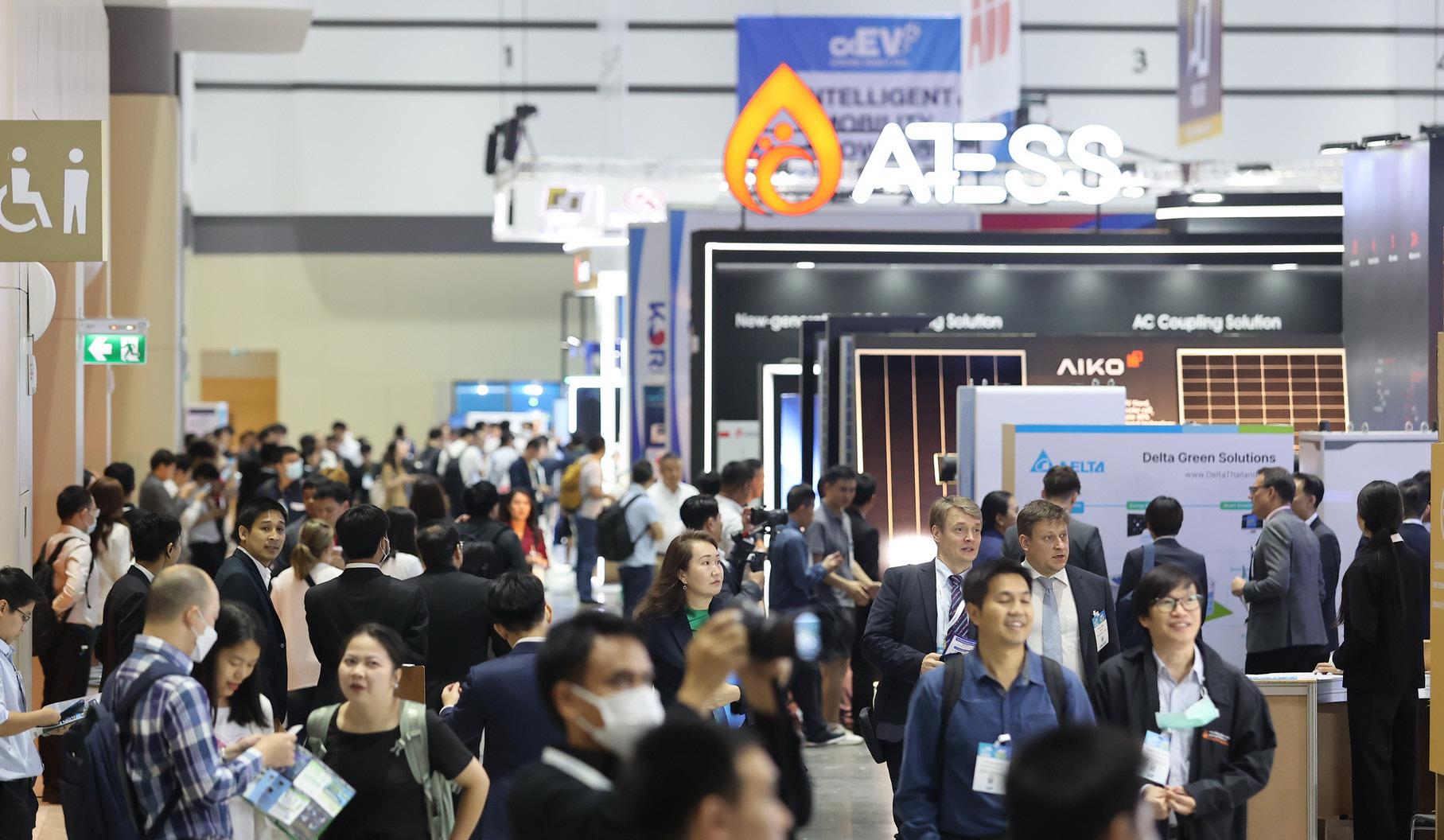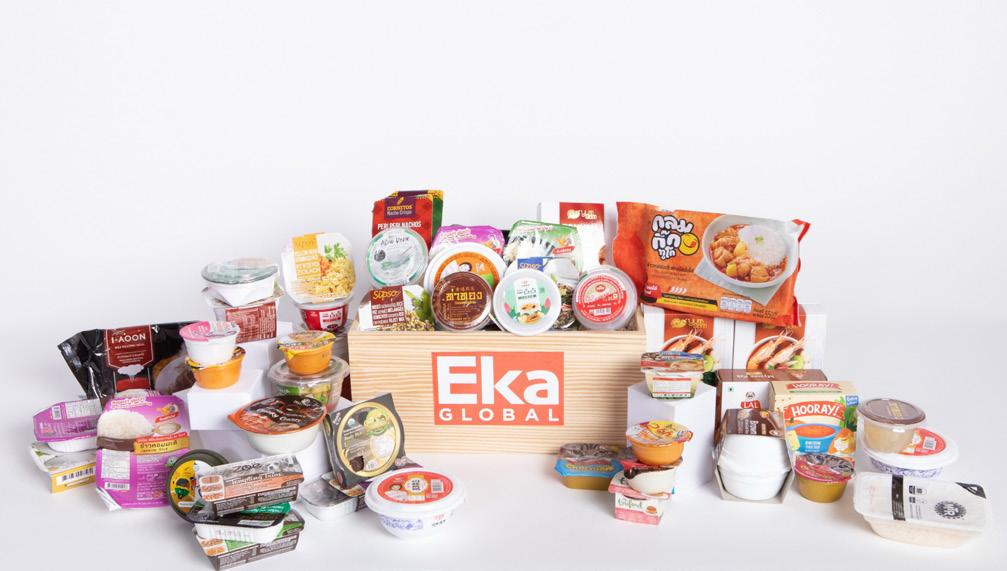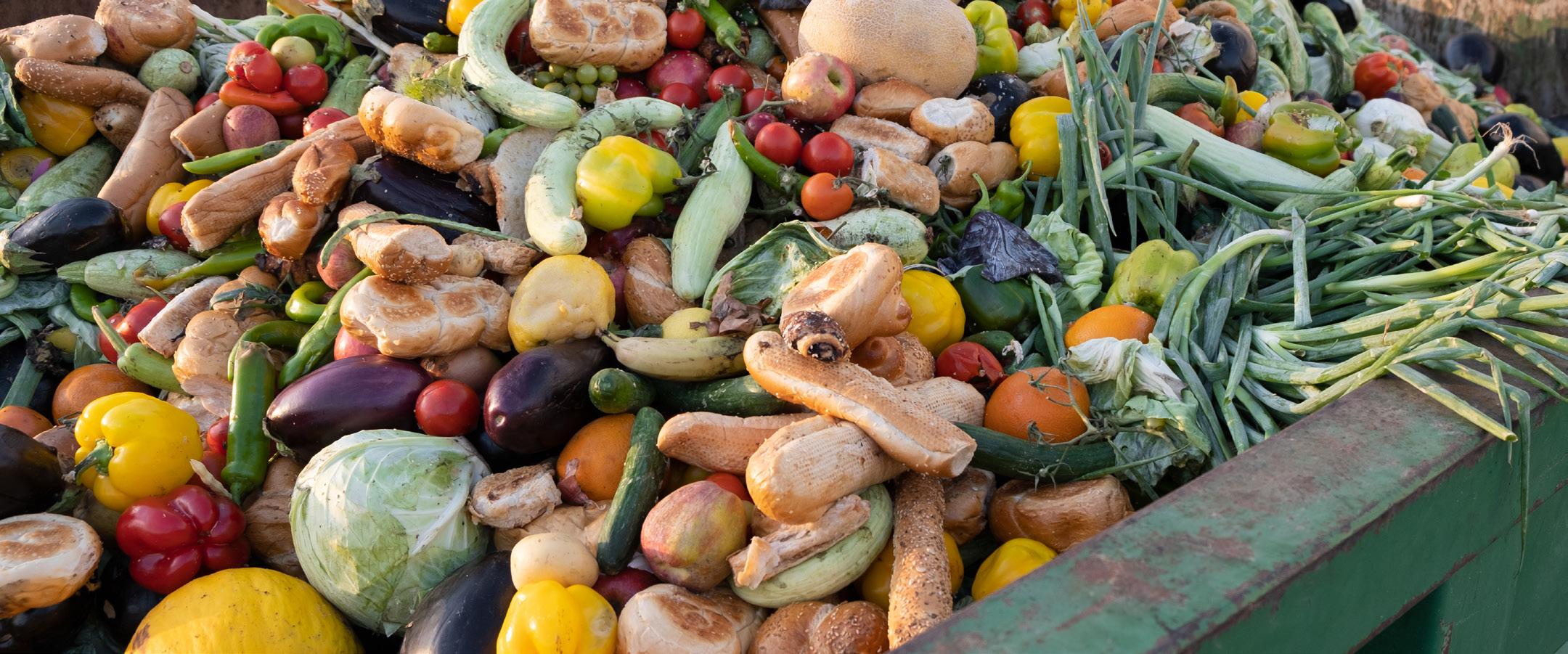Features
PROPAK ASIA 2025
Informa Markets - Thailand
Thai Buddy
Eka Global









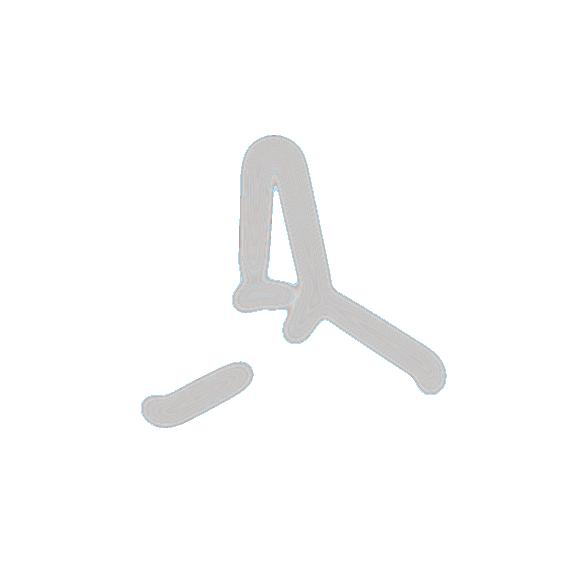



















Features
PROPAK ASIA 2025
Informa Markets - Thailand
Thai Buddy
Eka Global




























กระทบอย่างรุนแรงต่อทั้งสิ่งแวดล้อม ระบบเศรษฐกิจ
มั่นคงทางอาหารของโลก หนึ่งในสาเหตุหลักของการเสื่อมเสีย
นี้คือกระบวนการผลิตที่ไม่มีประสิทธิภาพ
ด้วยการเลือกใช้วัตถุดิบที่มีคุณภาพ
แปรรูปที่เหมาะสม และออกแบบบรรจุภัณฑ์ให้สามารถควบคุมปัจจัย
เสื่อมเสียได้อย่างมีประสิทธิภาพ ก็จะช่วยให้อาหารมี อายุการเก็บ
รักษาที่ยาวนานขึ้น ทั้งยังคงคุณภาพ ความปลอดภัย
ทางโภชนาการ และยังมีส่วนร่วมลดขยะอาหารได้
อายุอาหารอย่างยั่งยืนจึงเป็น
อนาคตที่ทั้งปลอดภัยและใส่ใจต่อโลกใบนี้อย่างแท้จริง
Each day, a significant amount of food ends up in the trash, not it losts taste, but it expires or deteriorates before it can be consumed in time. This becomes food waste, a growing issue that has serious impacts on the environment, the economy, and global food security. One of the main causes of this loss is an inefficient production process. If food producers pay attention from beginning, by selecting high-quality raw materials, using appropriate processing technologies, and designing packaging that effectively controls spoilage factors—they can extend the shelf life of food products. This not only preserves the product’s quality, safety, and nutritional value, but also plays a crucial role in reducing food waste. Therefore, sustainably extending food shelf life is a key strategy for building a future food system that is safe, resilient, and truly mindful of the planet.


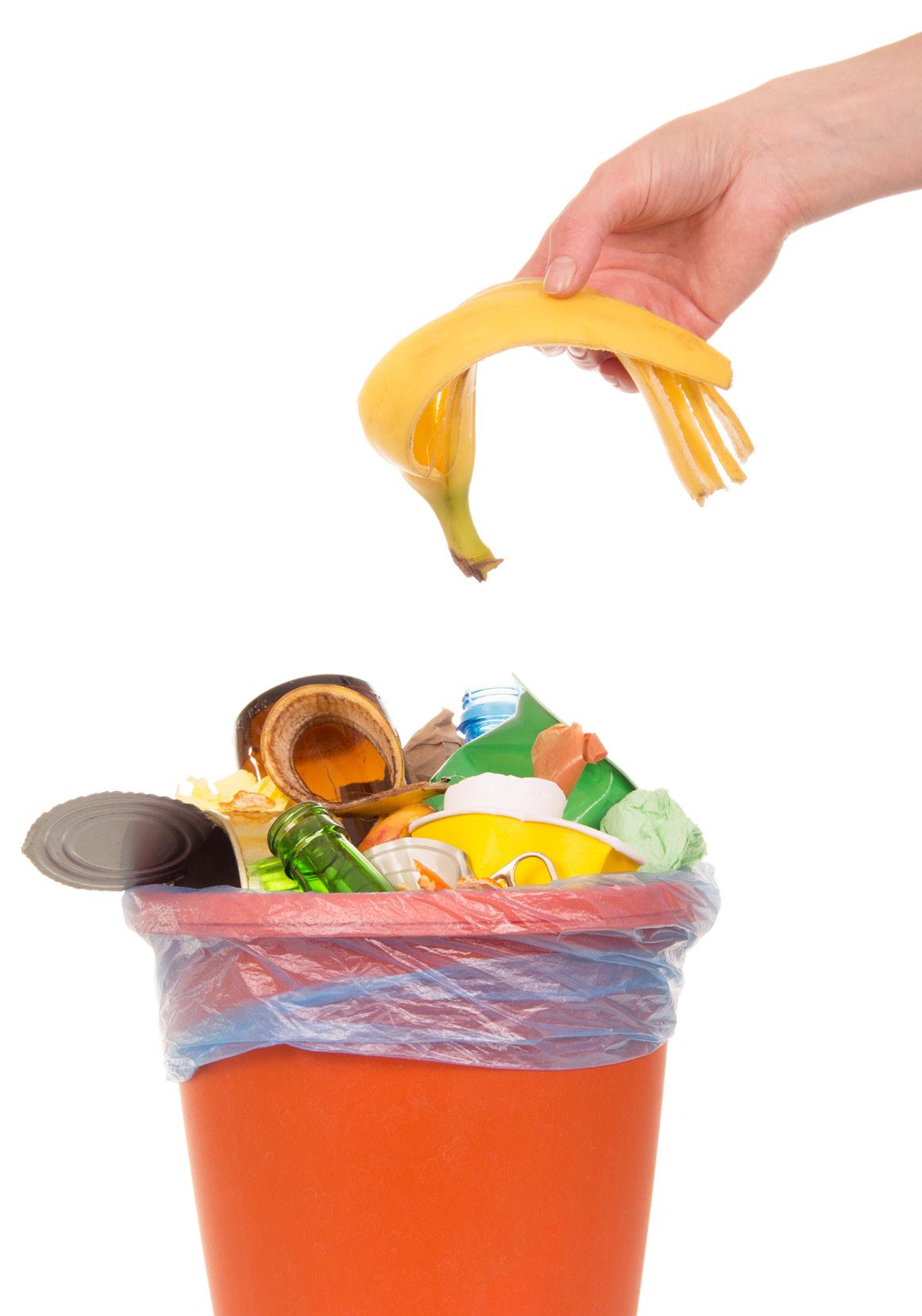


Kotchasorn Tocharoentanapol
Deputy Event Director, Informa Markets - Thailand



